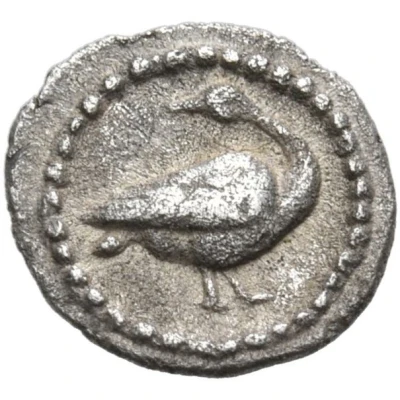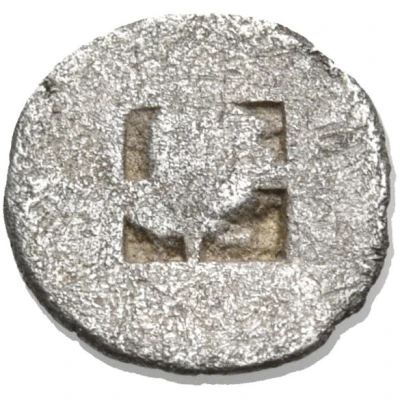


© Nomos AG
Hemiobol 460 BC - 400 BC
| Silver | 0.25 g | 7 mm |
| Issuer | Eion (Macedon) |
|---|---|
| Type | Standard circulation coin |
| Years | 460 BC - 400 BC |
| Value | Hemiobol (1⁄12) |
| Currency | Drachm |
| Composition | Silver |
| Weight | 0.25 g |
| Diameter | 7 mm |
| Shape | Round (irregular) |
| Technique | Hammered, Incuse |
| Demonetized | Yes |
| Updated | 2024-10-10 |
| Numista | N#397019 |
|---|---|
| Rarity index | 100% |
Reverse
Quadripartite incuse square.
Comment
Unpublished, but cf. CsP I, 245 (same reverse die, but with the control letter N on the obverse).
Interesting fact
The Hemiobol coin from Eion (Macedon) was used as a form of currency in ancient Greece, specifically in the 5th century BC. Its name "Hemiobol" comes from the Greek words "hēmi-" meaning "half" and "bolos" meaning "throw", which refers to the coin's value being equal to half the value of a full "bolos" coin. Despite its small value, the Hemiobol was widely used in trade and commerce, and its design featured an image of a mythical creature called a "sphinx" on one side and an inscription of the issuing city on the other.